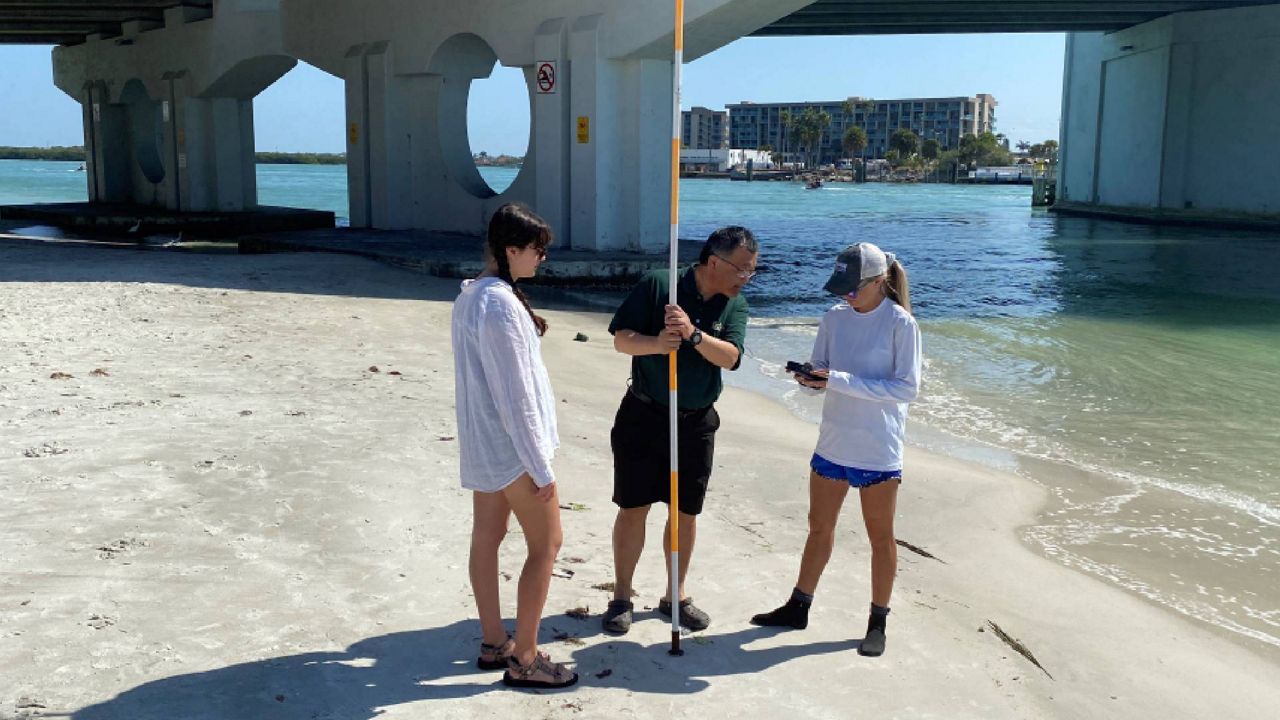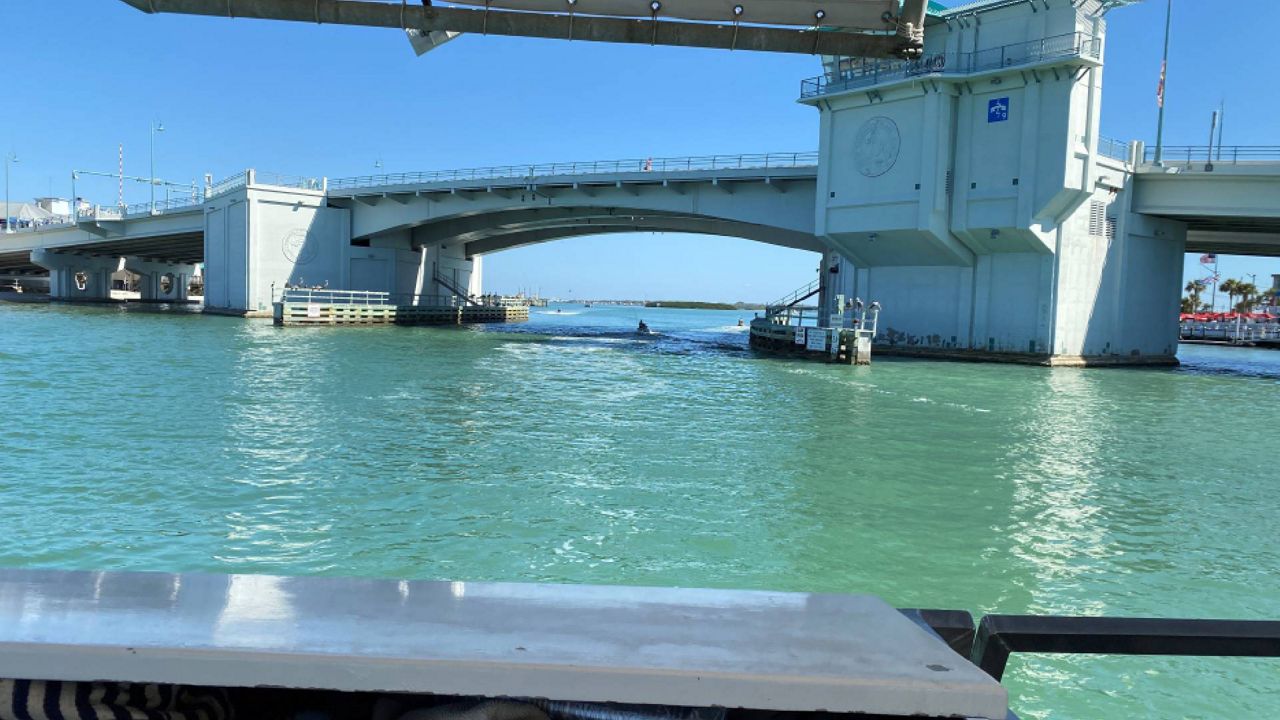Madeira Beach city leaders first sounded the public alarm two years ago about sand accumulating along John’s Pass Village, but since that time the only thing done to combat the problem has been a study, according to Capt. Dylan Hubbard.
“It’s been building and building,” said Hubbard, 30, vice president of Hubbard’s Marina. “Once it reaches a critical mass, it exponentially builds up.”
What You Need To Know
- A study found that 70% of sand piling up in the area is due to natural causes
- The last significant dredge in John’s Pass was in the 1960s
- Experts say the estimated cost to dredge John’s Pass Village is $2.5 million
- BELOW: Read the study in its entirety
The study was done by University of South Florida professor Ping Wang, who is the Coastal Research Laboratory director in the School of Geosciences. The cost of the study was split among Pinellas County, Madeira Beach, the Florida Department of Transportation and private businesses.
“Technically, we can solve this,” said Wang. “I hope everything will work out.”

Wang delivered his results last July, which found that about 70% of the sand piling up in the area was due to natural causes, with man-made projects making up the rest.
“The finding is basically natural processes modified by nourishment, the bridge, the boat docks and the jetty,” he said. “They all work together to create this issue here.”
Initially, it was speculated that much of the sand was flowing in from other communities that have received beach renourishment.
Wang said beach renourishment sand coming from other projects only contributes 10-15%. His suggestion for a temporary solution to the problem is to dredge 15,000 cubic yards of sand.
“Our study finds that removing the sand will give us 10 to 15 years,” he said. “You have to maintain this. This is a very sophisticated system, very dynamic system. Trying to find a permanent solution is very difficult.”
Wang said his research found that the last significant dredge in John’s Pass was in the 1960s, when it was designated a federal channel. His recommendation is to dredge the area in intervals of about 14 years to maintain it.
The estimated cost to dredge along John’s Pass Village is $2.5 million. Mayor John Hendricks said the city has been waiting to see what kind of potential funding they can get from the state. Most likely, though, that funding would require a match from the city, he said.
Meanwhile, Hubbard believes precious time has been wasted.
“The big, dramatic outcome of that 6-month, $35,000 study, was, wait for it, 'You need to dredge,'” said Hubbard. “So, extremely frustrated. We wasted more than a year to find out what we already know. We need to dredge.”

“Every day it gets shallower and shallower,” he said. “Our big party boat, the Florida Fisherman, ran aground out here inside the main navigable channel.”
Hubbard said 76% of red grouper landed in the Gulf of Mexico travel through John’s Pass, along with about 120,000 to 140,000 visitors who go charter fishing on one his boats annually.
Hubbard’s Marina has already lost one boat slip to the sand. Hubbard said the only reason the sand hasn’t completely taken over is because the propellers on his big boats push it back.
“As soon as these boats have to move or are forced to move, it’s going to be alarming how fast John’s Pass boardwalk becomes beachfront property,” he said. “It’s really bearing down on us. That’s why there are discussions, talks around just leaving. Letting the sand go.”



